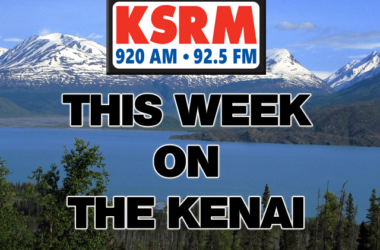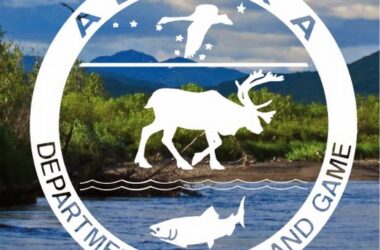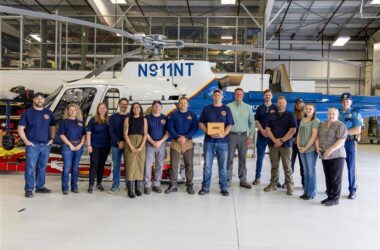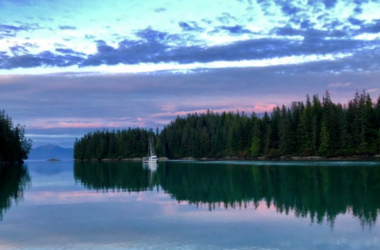The Alaska Division of Parks & Outdoor Recreation’s Office of History and Archaeology (OHA) earned a prestigious national award at the National Association of State Park Directors Conference last week in Nevada.
The Ney C. Landrum Park History Award honored an interdisciplinary DNR team for a project to list Fort McGilvray Archaeological Historic District near Seward, Alaska to the National Register of Historic Places in December 2022. Each year at the conference, the Ney C. Landrum History Award recognizes individuals, teams and organizations that have displayed outstanding efforts in original research and presentation of state park history.
The Alaska team included OHA archaeologists and historians, Alaska State Parks staff, and Division leadership. The project, which included a weeklong cultural resources survey of Fort McGilvray in September of 2021, was the first comprehensive survey since 1991. A coastal defense post from World War II, Fort McGilvray is located approximately seven miles from Seward, Alaska and is accessible by boat or hiking along the beach at low tide. Built between 1941 and 1944 atop towing cliffs rising from the west side of Resurrection Bay, Fort McGilvray was part of the extensive Seward Fixed Harbor Defense System constructed to protect the port of Seward and the terminus of the Alaska Railroad as the central access point into Interior Alaska.
“This is an incredible recognition of the team’s work to go beyond historical storytelling – in this case archaeology added significant perspective to the site,” said Ricky Gease, director of the Alaska Division of Parks and Outdoor Recreation. “Unlike traditional history textbooks that summarize events and dates of military campaigns, Fort McGilvray’s archeology preserves and interprets the past. The fortification serves as a time capsule that transports people into history.”
Thanks to efforts of DNR’s Ricky Gease, Matt Wedeking, Michael Burmeister, Jack Ransom, Judy Bittner, Sarah Meitl, Liz Ortiz, Mckenzie Herring, Jeff Weinberger, Amy Hellmich, Maria Lewis, Nicholas Schmuck, Rachel Carraway and Katherine Ringsmuth, the Fort is now one of Alaska’s best-documented and most-visited coastal defense installations. The historic district is now used to educate—even inspire—the public about the history of WWII in Alaska and has the power to immerse future generations in a wartime landscape.






